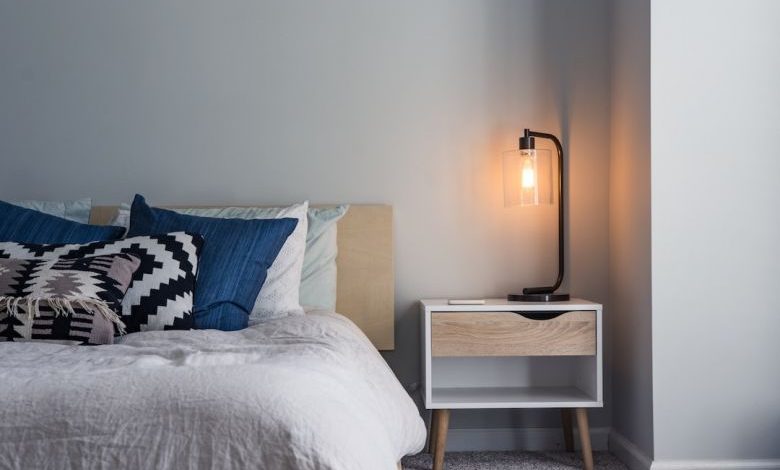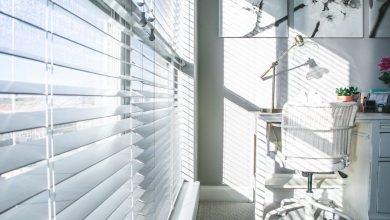How Do You Seal a House from Bugs?

Bugs. They seem to find their way into our homes no matter how hard we try to keep them out. Whether it’s ants in the kitchen, spiders in the basement, or mosquitos buzzing around our ears, dealing with these unwanted guests can be a frustrating experience. But fear not! In this article, we will explore effective ways to seal your house from bugs, ensuring a bug-free and comfortable living environment for you and your family.
Identify and Block Entry Points
The first step in sealing your house from bugs is to identify and block their entry points. Bugs can enter through even the tiniest cracks and crevices, so it’s important to be thorough in your inspection. Start by examining the exterior of your home and look for any gaps around windows, doors, and utility openings. Use caulk or weatherstripping to seal these gaps and prevent bugs from finding their way inside.
Seal Gaps in Walls and Foundations
In addition to windows and doors, bugs can also enter your home through gaps in walls and foundations. Inspect the interior walls for any cracks or holes and seal them with spackling compound or silicone caulk. Pay special attention to areas where pipes or wires enter the walls, as bugs can use these as entry points as well. For foundation gaps, use mortar or concrete to fill them in and create a solid barrier against bugs.
Install Door Sweeps and Window Screens
Doors and windows are common entry points for bugs, but you can easily seal them off with the right tools. Install door sweeps at the bottom of exterior doors to create a tight seal that prevents bugs from crawling underneath. For windows, use window screens to keep bugs out while still allowing fresh air to flow into your home. Make sure to repair or replace any damaged screens to ensure they are effective in keeping bugs at bay.
Trim Trees and Shrubs
Bugs can use trees and shrubs as bridges to gain access to your home. To prevent this, keep your landscaping well-maintained and trim any branches or shrubs that are touching your house. By creating a gap between your home and the surrounding vegetation, you make it more difficult for bugs to find their way inside. Additionally, removing dead leaves and debris from your yard can eliminate potential hiding spots for bugs.
Use Proper Storage and Cleaning Practices
Bugs are attracted to food and moisture, so it’s important to store and clean properly to minimize their presence in your home. Keep food in airtight containers and clean up any spills or crumbs immediately. Regularly empty and clean garbage cans, as they can be a breeding ground for bugs. Additionally, make sure to fix any plumbing leaks and keep your home dry, as bugs are drawn to areas with excessive moisture.
Consider Professional Pest Control
If you’ve tried all the above methods and still find yourself battling bugs, it may be time to call in the professionals. Pest control experts have the knowledge and tools to effectively eliminate bugs from your home and prevent future infestations. They can assess your home, identify any areas of concern, and develop a customized treatment plan tailored to your specific needs. While it may involve an investment, professional pest control can save you time, frustration, and potentially costly damage caused by bugs.
Conclusion
Sealing your house from bugs requires a combination of preventive measures and regular maintenance. By identifying and blocking entry points, sealing gaps in walls and foundations, installing door sweeps and window screens, trimming trees and shrubs, using proper storage and cleaning practices, and considering professional pest control, you can create an inhospitable environment for bugs and enjoy a bug-free home. Remember, consistency is key, so make bug-proofing a part of your regular home maintenance routine. With these tips in mind, you can say goodbye to unwanted bug visitors and enjoy a pest-free living space.




